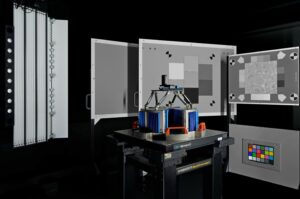Smartphone display competitive benchmark
Before bringing your product to the market, it is essential to compare your device display performance against your competitors, spotting strengths (that could be put forward) and potential remaining areas of improvement for the benefit of end users. Your product can be compared to one or multiple products of the extensive DXOMARK database.
Key Highlights
- A robust evaluation run in our state-of-the-art laboratories by our Display experts on more than 400 objective measurements
- Performed on your prototype or commercial device vs. 1 or 2 products of your choice available from the extensive DXOMARK test database
- A full debrief with our technical experts on your prototype display quality, highlighting strong points and areas of improvement
- Emphasize your key performance points in your communications

 DSLR & Mirrorless
DSLR & Mirrorless  3D Camera
3D Camera  Drone & Action camera
Drone & Action camera 

